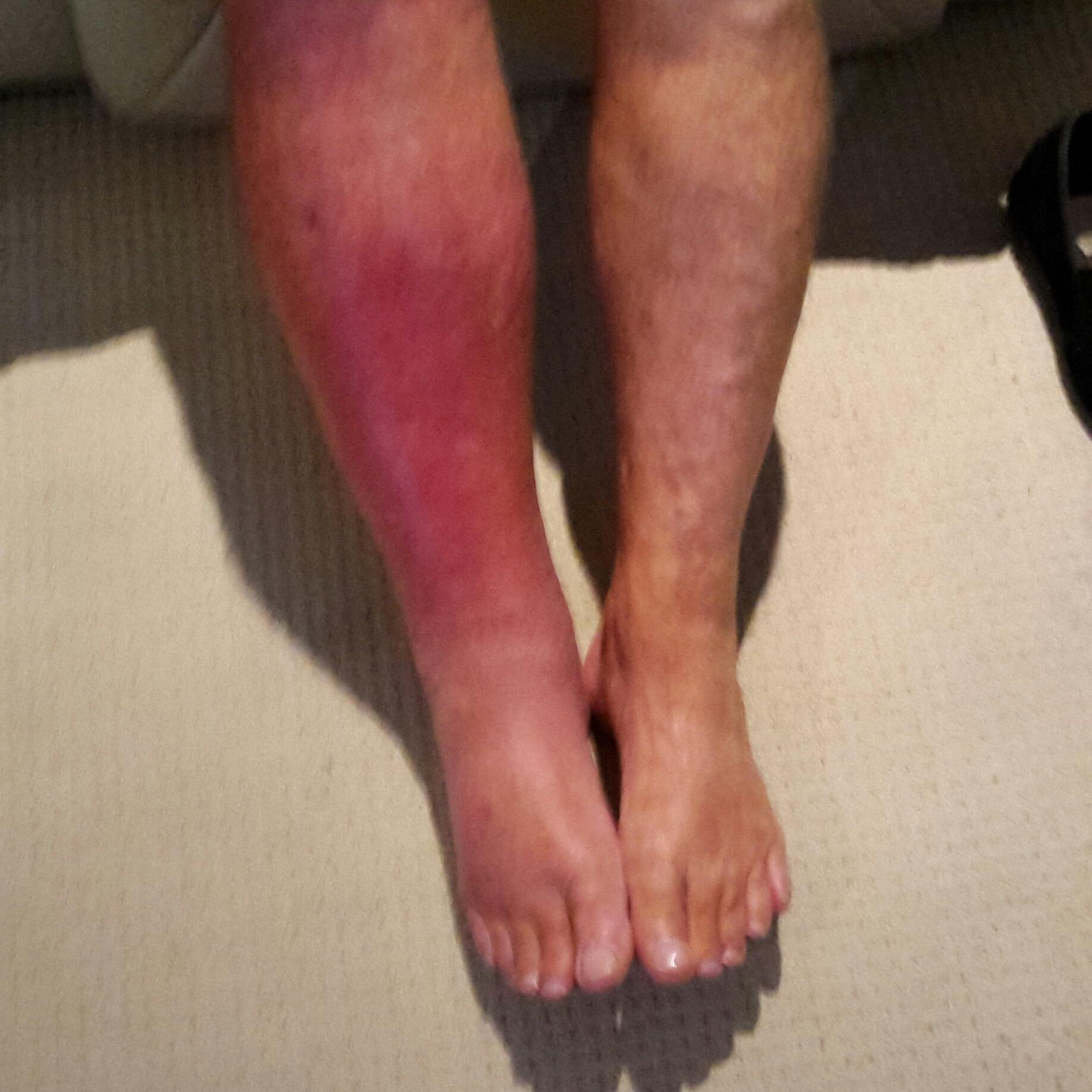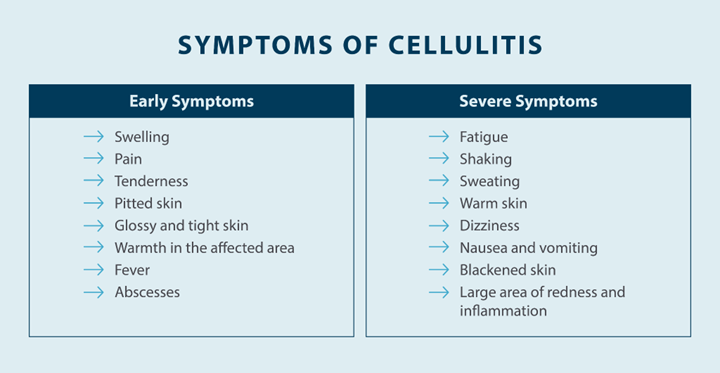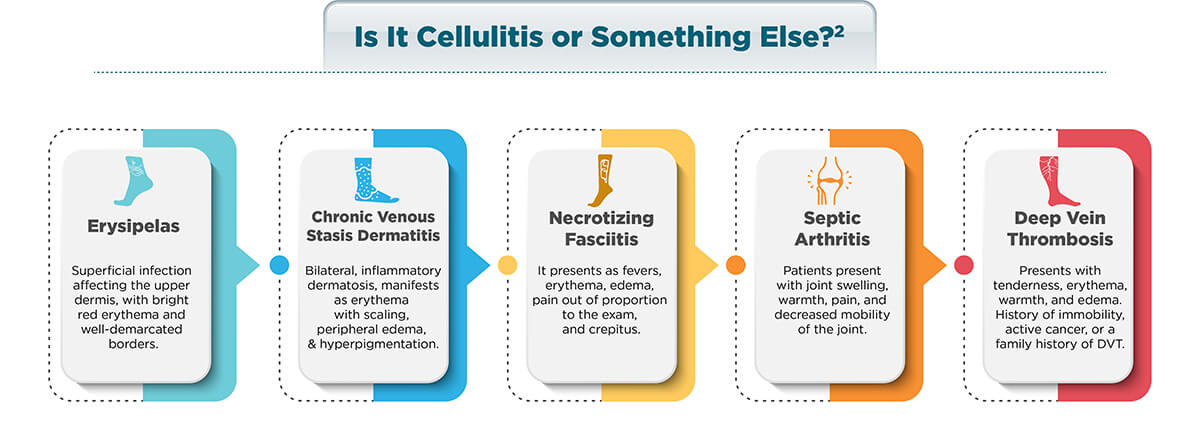Demystifying Cellulitis
Imagine a fit middle-aged man walks into the clinic, limping and visibly distressed. He's a proud traffic policeman but has developed leg swelling and fever in the last few days, making even basic tasks painful. He suspects his job is to blame.
Let's dive into the complexities of this common leg issue to empower you in understanding and managing this common skin issue.
What is Cellulitis?
Cellulitis is a skin infection caused by bacteria, reaching beyond the surface. It can affect anyone, causing redness, swelling, and pain. The usual suspects are Staphylococcus and Streptococcus bacteria, entering through cuts or insect bites.
Symptoms and Diagnosis
Early detection of cellulitis symptoms is vital for quick treatment. Look out for:
- Redness and warmth in affected areas
- Swelling and tenderness
- Fever and chills
Getting a Professional Diagnosis
If you suspect cellulitis, consult a healthcare pro. Diagnosis involves examining symptoms and medical history. Sometimes, blood tests or imaging are needed for accurate results.
Treatment Options
Antibiotics:
The Go-To Solution
Swift antibiotic action is crucial to combat cellulitis. The choice depends on severity and the bacteria involved. Mild cases often get oral antibiotics, while severe ones may need intravenous treatment in a medical setting.
Elevation and Rest
Alongside antibiotics, elevating the affected leg helps reduce swelling. Enough rest is crucial, letting the body focus on healing.
Healing Process and Time
Cellulitis recovery time varies based on factors like:
- Infection Severity: Mild cases may clear in a week, severe cases might take weeks.
- Early Treatment: Quick intervention speeds up healing.
- Personal Health: Overall health matters; weaker immune systems may mean longer recovery.
Prevention Tips
Taking Care of Wounds and Hygiene
Prevention is key.
Practice good wound care to stop bacteria.
Keep skin clean and moisturized to minimize cuts and cracks.
Recognizing Early Signs
Knowing signs of cellulitis recurrence lets you seek help early, preventing complications.
Conclusion
In a nutshell, leg cellulitis needs attention. But with early diagnosis and proper treatment, the outlook is positive. This guide gives you the knowledge to handle cellulitis effectively, promoting a speedy recovery.
FAQs
Q: Can a specific job cause cellulitis?
A: Cellulitis can be caused by various factors, not just a job. Everyone needs preventive measures.
Q: Is cellulitis a severe condition?
A: While painful, timely diagnosis and treatment usually lead to a positive outcome.
Q: Can cellulitis come back?
A: Yes, recognizing early signs helps prevent complications. Seek medical help if symptoms return.
Q: How long does it take for cellulitis to heal?
A: It varies. Mild cases may clear in a week, severe cases may take weeks, depending on prompt treatment and personal health.
Q: Are antibiotics the only cellulitis treatment?
A: Antibiotics are crucial, but rest, elevation, and wound care also matter in managing cellulitis.
Q: Can anyone get cellulitis?
A: Yes, it can affect anyone, regardless of age or fitness level. Good wound care and hygiene can help prevent it.





Comments
Post a Comment